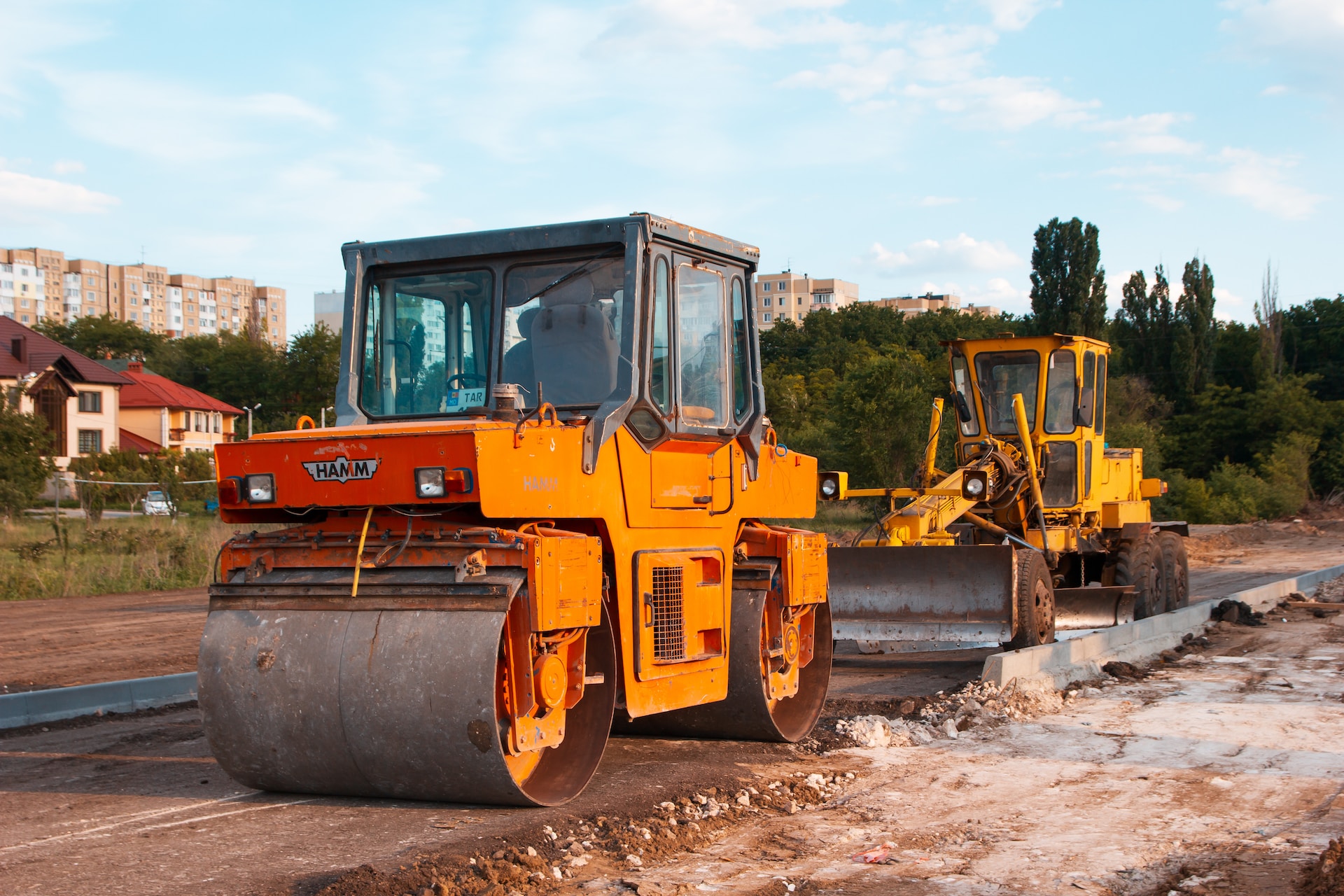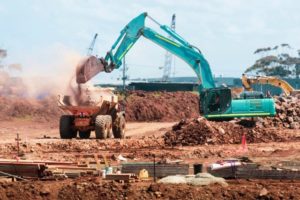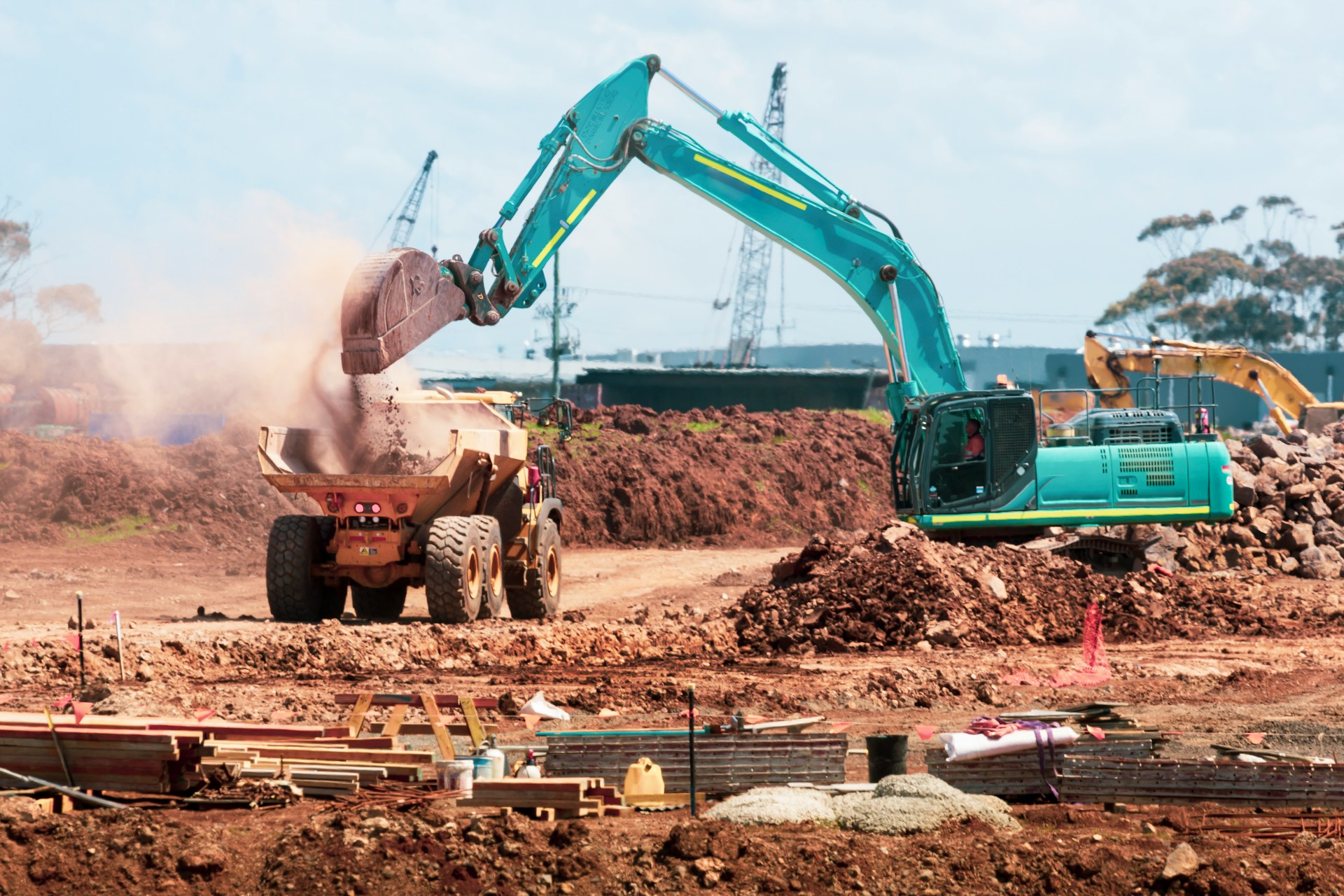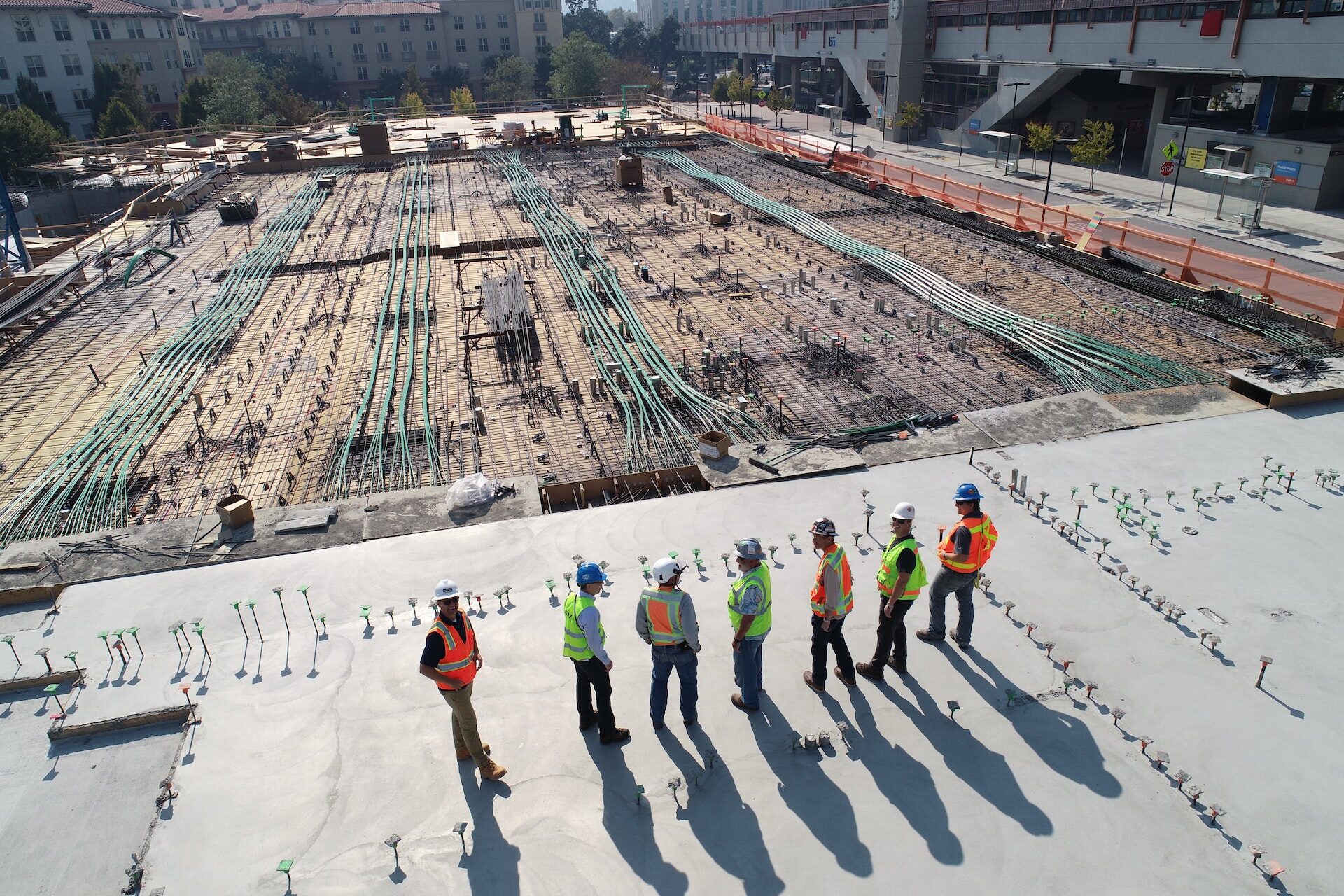
Is Equipment Leasing Right for Your Next Construction Project?
July 18, 2023 - Revolutionized Team
Revolutionized is reader-supported. When you buy through links on our site, we may earn an affiliate commision. Learn more here.
Getting the necessary assets to advance with a construction project isn’t easy, especially for smaller or recently established businesses. That’s why many decision-makers investigate equipment leasing as a possibility. Here are some important things to consider before choosing it, including some of the many benefits to expect.
Spread the Costs Over Time
Getting the upfront financial resources for a piece of equipment is often difficult or impossible. Fortunately, leasing is a viable alternative to purchasing because it allows qualified parties to pay smaller amounts over long periods to cover the costs.
An often-cited downside is that people may end up paying more over time with a lease than they would by purchasing the equipment upfront. However, many construction business owners don’t mind that because doing the latter is out of the question. They then assert that having the equipment and paying more to use it is better than going without it.
Although equipment leasing is a well-established option for cutting costs, it’s not the only one. Services like Airbnb and Turo allow people to rent properties or items for others to use. Such activity stimulates the sharing economy, and this trend has reached the construction industry, too.
One equipment rental company is building an app that lets contractors register their equipment via an app — whether they own it outright or have a rental agreement with the business. Then, any subcontractors working on the same construction site can rent through the app.
The idea is that construction sites have the equivalent of three times the equipment because it gets used at various times and locations across sites. Elsewhere, a German company is trying a similar approach by giving people equipment access within minutes. This approach suits people who only need to rent for days or hours.
Traditional lease agreements typically run for three to 10 years, and people can renew them. People should always consider their short and long-term plans before signing lease paperwork. Doing that is a practical way to increase the likelihood of the lease terms meeting their requirements.
Benefit From the Latest Technologies
The construction industry has rapidly changed, and it’s largely due to new technologies. Many sites have artificial intelligence-powered construction cameras to maintain tight security. Others include drones within the various safety measures. These vehicles fly overhead to spot potential safety violations that humans might otherwise miss.
Advanced technologies are getting built into construction equipment, too. Many have integrated sensors, facilitating up-to-the-minute monitoring and allowing people to gather usage data. Others have features to reduce fuel consumption and promote user-friendliness for operators.
Those innovations come at a price, so it’s often infeasible for people to immediately transition their fleets to the newer models or even purchase a single machine to try. Equipment leasing breaks down those barriers, helping people familiarize themselves with what’s new while holding off on making a larger investment.
Many construction business leaders only want to purchase newer, high-tech equipment after getting strong assurances of returns on investment. Testing the machines in real-life scenarios through leasing arrangements allows decision-makers to see the advantages of actually using the equipment on jobs. The alternative is reading product descriptions and other manufacturer-provided content, which doesn’t necessarily give an accurate picture of customer success.
However, suppose construction company leaders don’t keep up with peers that have invested in newer equipment. In that case, they’ll likely find themselves struggling to catch up later or find that the industry itself poses gigantic challenges. For example, advancements in autonomous or semi-autonomous construction equipment can help companies cope with labor shortages. Machines that use less fuel because of new designs or onboard tech also support the bottom line.
Bundle Other Expenses With the Equipment Leasing Agreement
Another challenge of affording construction equipment is that the asset is only one aspect of the expenses. People must also budget for maintenance and potential replacements or repairs not covered by warranty claims.
However, many manufacturers that offer equipment leasing accommodate those realities by offering package deals. Volvo provides leases for electric construction equipment that come with insurance and maintenance packages. Interested persons can also opt for extended coverage of issues occurring outside standard warranties. It helps them mitigate the risk that always comes with using new equipment. Additionally, customers can work out monthly payments with a Volvo dealer based on their needs and the usage.
When people can pay a flat rate for all or most of their equipment-related expenses, it becomes much easier to make accurate budgets. Some leasing agreements also allow people to transition to equipment owners and use their leases to reduce how much that costs.
One example comes from CASE, which provides a warranty and maintenance coverage with the lease. The lease terms are partially based on usage hours. That’s crucial because customers can put up to 300 unused hours towards an equipment purchase credit.
The variations in lease agreement offerings highlight why it’s so important for people to understand all the options and take the time to choose those they find most appropriate. Even if a bundled agreement has a higher upfront cost than one without maintenance or warranties, people often find it worthwhile overall.
Considerations Before Committing to Equipment Leasing
Equipment leasing has lots of perks, but it’s not perfect. For example, some companies only have small inventories of products available to lease, so some customers can’t get their preferred models.
Customers may also get locked into leasing agreements and have to pay early-termination fees for ending the arrangements early. Carefully reading the contracts before signing them is the best way to become sufficiently informed to make the best decisions.
Leasing agreements also typically prohibit customers from modifying the equipment. That could eventually become problematic for those wanting to upgrade it to become more energy-efficient or something similar.
Another possible issue is that leasing agreements usually restrict equipment usage hours. What seems like a generous allotment at the time may prevent a company from reaching its full growth potential.
The main thing to remember is that equipment leasing is like virtually anything else in that it has both pros and cons. All involved parties should understand and explore those aspects in depth before reaching conclusions about how to handle asset-related needs.
It’s also wise to have lengthy conversations with equipment providers to get all leasing-related questions answered. Those insights and clarifications can help people feel more comfortable and confident about eventually signing mutually beneficial leases.
Revolutionized is reader-supported. When you buy through links on our site, we may earn an affiliate commision. Learn more here.




